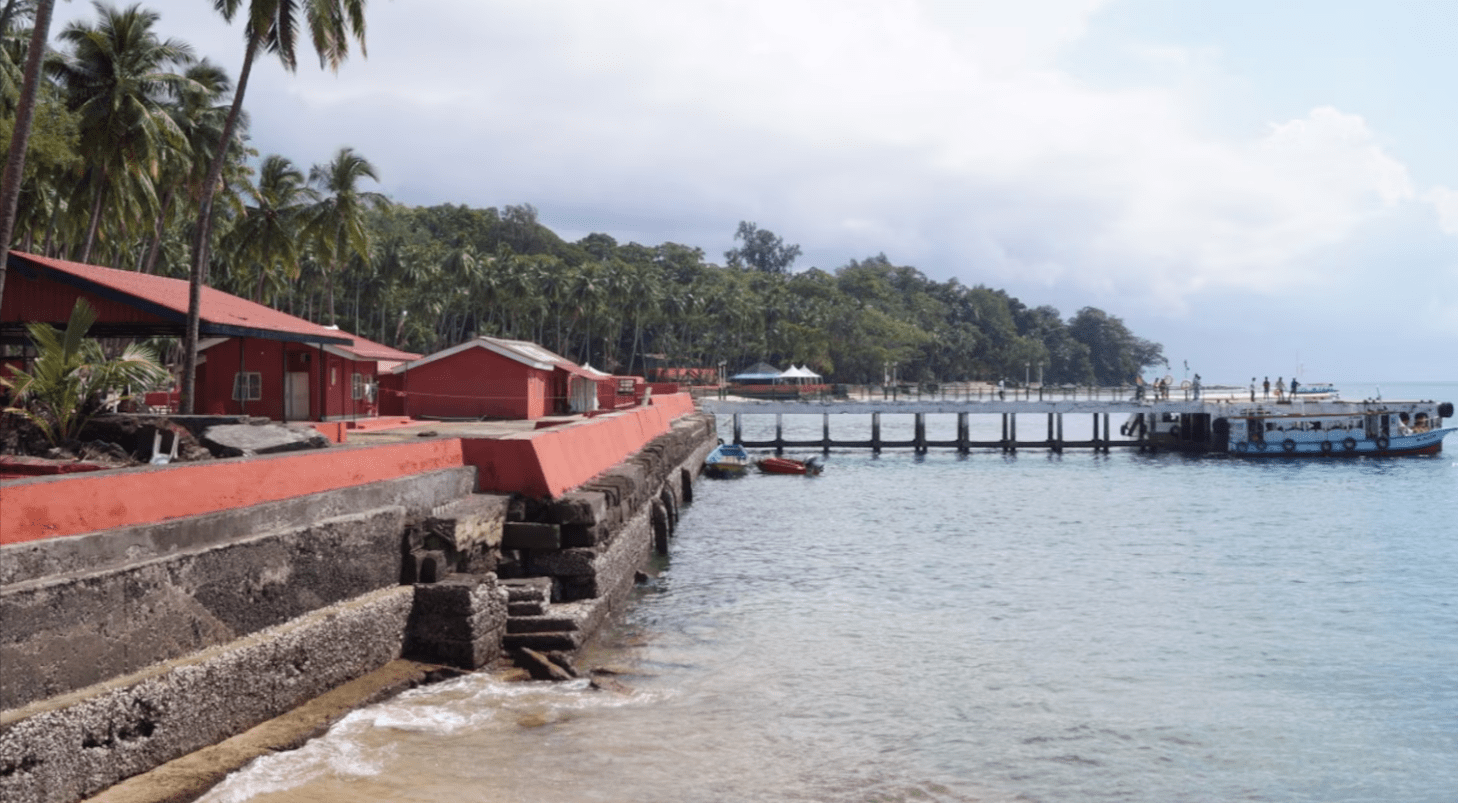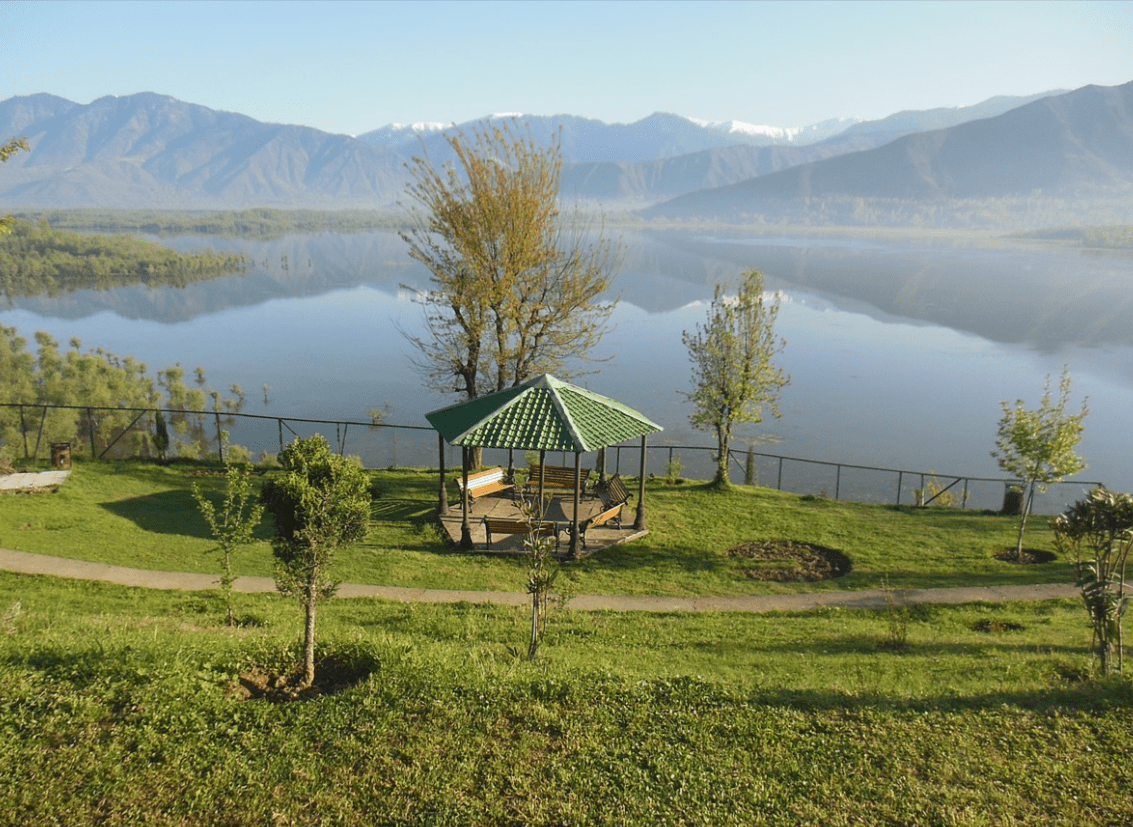Ross Island: My fascination with heritage and history often leads me to discover offbeat and unique locations. During our recent trip to the Andaman Islands, we visited Ross Island on a whim, following a recommendation from our hotel. I hadn’t done extensive research prior to the visit, only knowing that Ross Island was once the capital of the Andaman Islands during British rule. It wasn’t until I arrived that I truly appreciated the island’s allure. Now essentially a ghost town, Ross Island features a collection of abandoned, crumbling buildings. I had a remarkable time exploring the island at my own pace.
Historical Background of Ross Island
Ross Island, named after the British marine surveyor Sir Daniel Ross, saw its first European settlement in 1788. Between 1789 and 1792, Archibald Blair established a sanatorium and hospital on the island. Following the Revolt of 1857, the British reasserted control and in 1858, they established a penal colony on Ross Island. This settlement housed prisoners from the Indian Mutiny and became the administrative center of the Andamans.
Ross Island: The Inhabitants and Historical Events
The first batch of prisoners, numbering 200, arrived on March 10, 1858, under the supervision of Dr. James Pattison Walker. They were tasked with clearing the forest, constructing shelters, and creating roads, often under harsh conditions. The prisoners endured severe treatment, being shackled and collared.
In 1859, Ross Island faced an attack from the Andamanese aboriginals, who used bows and arrows. This conflict, known as the Battle of Aberdeen, was a notable resistance effort against British rule.
For approximately 85 years, Ross Island served as the British administrative headquarters. The island boasted a thriving colony, evident from the remains of various facilities such as markets, bakeries, printing presses, and recreational amenities. Known as the “Paris of the East,” Ross Island once featured an open-air theater, ballroom dances, and other luxuries.
Decline and Occupation
The island’s prosperity ended in 1941 with a devastating earthquake, which led many inhabitants to leave. In 1942, Japanese forces occupied Ross Island, using the Government House as their headquarters until 1945. Notably, Netaji Subhas Chandra Bose visited the island in December 1943 and hoisted the Indian tricolor atop the Government House.
The island was retaken by Allied forces in 1945 and subsequently abandoned. Today, it is managed by the Indian Navy.
Present-Day Ross Island
The island remains captivating with its well-preserved paths and manicured gardens. Despite the ruins, they evoke a sense of nostalgia, with overgrown vegetation adding to the atmosphere. Signboards throughout the island provide insights into its history. Among the notable structures is a Protestant Church with durable Burma teak window frames, which have weathered over a century of changes.
The island features several officers’ quarters, from senior officers’ residences to barracks. Many of these structures are in poor condition, with some having holes that reveal views of the Bay of Bengal.
I was deeply moved by these historical remnants, imagining past events and the vibrant life once present. The Club House, once a social hub with its own band and dance floor, and the water treatment plant, crucial for preventing waterborne diseases among residents, added to the historical tapestry.
Ross Island is also home to deer, peacocks, and parrots, thriving freely in this serene environment. Visitors are encouraged not to feed the deer, and the island maintains a balance between natural beauty and historical preservation.
Practical Information
How to Get There:
Ross Island is a short distance from Port Blair, accessible by a 20-minute ferry ride from Aberdeen Jetty. Trips to this Island and North Bay Island are often combined, with boats typically offering about two hours for exploration.
Entry Fees and Tips:
- Entry Fee: INR 30.
- Camera Fee: INR 30.
- Video Camera Fee: INR 75.
- Tips: Wear comfortable clothing and footwear for walking. Feeding the deer is discouraged, and littering incurs fines. Snacks and water are available at the island’s bakery. A daily Light and Sound show, except on Wednesdays and public holidays, starts at 5:15 PM, recounting historical events from the pre-independence era. Ensure you are aware of your boat’s departure time.
Final Thoughts
Our visit to Ross Island was a delightful experience, allowing us to immerse ourselves in its rich history and natural beauty. If you’ve been to Ross Island, I’d love to hear about your experience!



